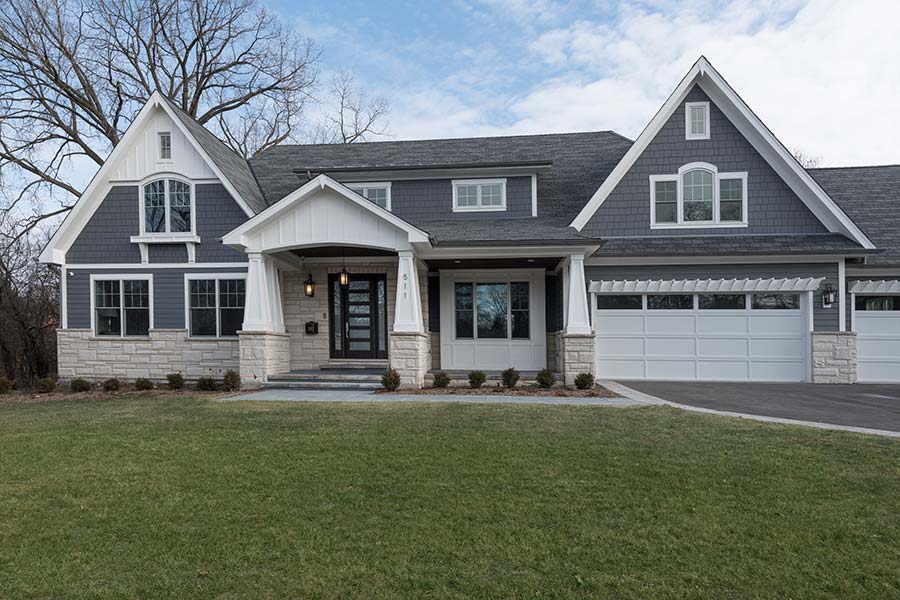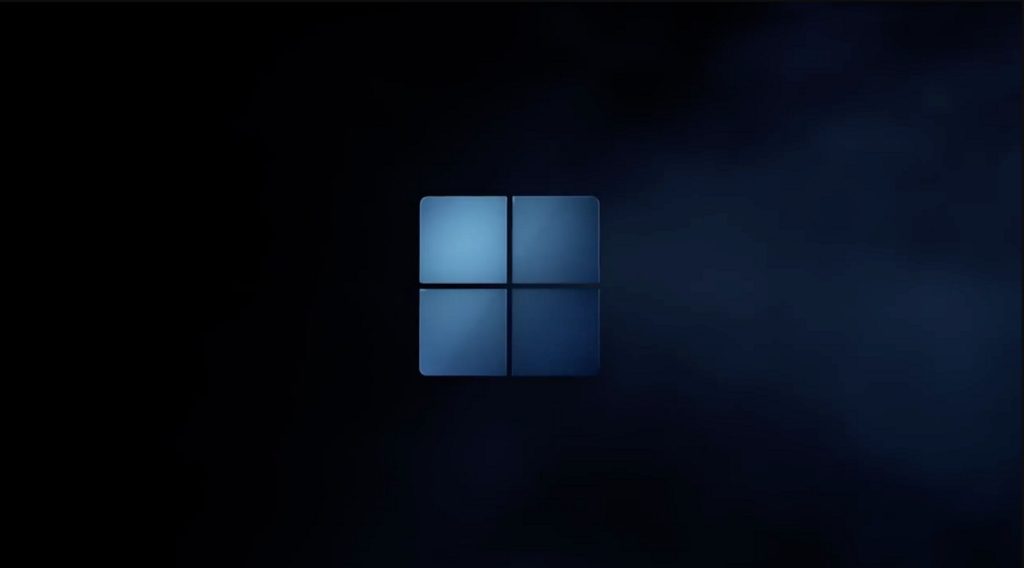The Innovative Uses of Thin Skirting Boards in Contemporary Interior Design
In contemporary interior design, thin skirting boards have emerged as versatile elements that not only serve functional purposes but also contribute significantly to the aesthetic appeal of spaces. Traditionally, skirting boards were primarily installed to cover the joint between the floor and the wall, hiding gaps and offering protection against impacts. However, with evolving design trends and materials, thin skirting boards have found innovative uses that redefine their role in modern interiors. One of the key advantages of thin skirting boards lies in their ability to create a sense of visual continuity and spaciousness within a room. Unlike traditional thicker skirting boards that can visually shorten the height of walls, thinner profiles maintain a sleek and minimalist appearance. This is particularly beneficial in contemporary design schemes that emphasize clean lines and open spaces. By reducing the visual weight at the base of walls, thin skirting boards help achieve a more streamlined and modern look. For instance, materials such as MDF Medium Density Fiberboard, PVC Polyvinyl Chloride, or even metal offer flexibility in terms of finishes and colors, allowing designers to coordinate them seamlessly with other elements in the room.
This versatility extends to both residential and commercial settings, where thin skirting boards can complement various flooring types from hardwood to tiles and laminate without overpowering the overall design scheme. In addition to their aesthetic benefits, thin skirting boards contribute to practical advantages in contemporary interiors. Their reduced protrusion from the wall makes them easier to clean and maintain compared to thicker profiles, which can accumulate dust and grime more easily. This ease of maintenance is particularly valued in modern living spaces where convenience and hygiene are paramount. Furthermore, the use of thin skirting boards in innovative ways can extend beyond their conventional role. Designers often employ them creatively to integrate modern technologies seamlessly into interior spaces. For example, incorporating concealed lighting within the gap above thin skirting boards can add ambient illumination to rooms without the need for bulky light fixtures. This technique not only enhances the visual appeal of the space but also contributes to a more energy-efficient lighting solution.
Moreover, thin skirting boards are available in a variety of materials that cater to different interior styles and preferences. Another innovative use of thin skirting boards is their application as part of integrated storage solutions. By designing skirting boards with built-in compartments or channels, designers can maximize space utilization while maintaining a minimalist aesthetic. This approach is particularly relevant in contemporary urban living environments where optimizing space has become increasingly important. The innovative uses of thin skirting boards in contemporary interior design underscore their evolution from purely functional elements to integral components of aesthetic and functional expression. Their ability to enhance visual continuity, accommodate various design styles, facilitate modern technologies, and integrate storage solutions exemplifies their adaptability and relevance in today’s design landscape. Whether in residential homes, offices, or commercial spaces, thin skirting board continues to offer designers and homeowners alike a versatile tool for creating stylish, efficient, and sophisticated interiors.

